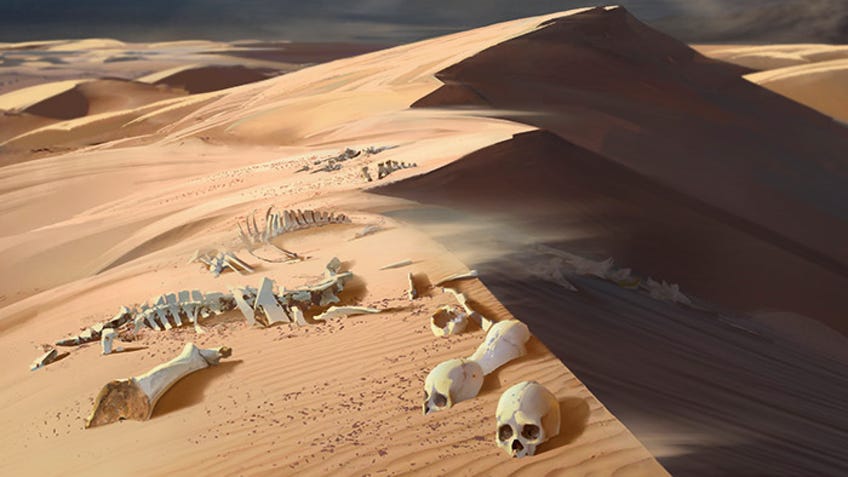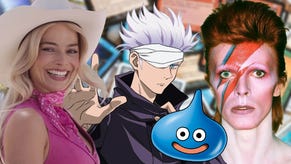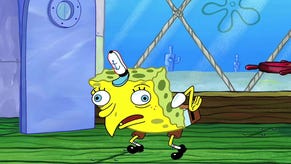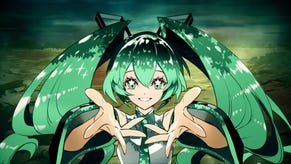The NFT scourge could one day hit Magic: The Gathering
Putting the fun in non-fungible?
Hasbro CEO Brian Goldner told board members during the company’s Q1 2021 earnings call April 27th that the toy and game company “are actively developing” ways for its brands to embrace NFT technology.
On the off-chance you’ve made it this far into 2021 without learning about NFTs, the initialism stands for “non-fungible token” and refers to a form of cryptocurrency where every digital item is ostensibly unique. These tokens store the data denoting their unique-ness on the Etherium blockchain, relegating images, gifs, tweets and even a dubious memorial to late actor Chadwick Boseman as non-fungible items one could own and trade.
Goldner was asked about NFTs in regards to Hasbro’s brands and product lines by Eric Handler, an investor from equity trading firm MKM Partners, who referred to the crypto-art as the “hot new consumer product”. Handler seemed to believe the collectible nature of NFTs made them a shoe-in for trading card game Magic: The Gathering.
“We have really our arms around this and see multiple opportunities on the NFT side, and you'll hear more about that as we move forward,” Goldner responded. “But we are actively developing our opportunity here, and we do see it as substantial.”
Those opportunities weren’t clearly outlined, and Dicebreaker has reached out to Wizards of the Coast for clarification on what, if any, plans it has to develop NFTs within games such as Dungeons & Dragons or Magic: The Gathering. The latter would make the most sense given its heavy reliance on commissioned artwork and tendency to reprint old cards with new borders or other stylistic embellishments.
Except, NFTs are terrible for almost everyone involved. The initial claim that still gets trotted out is that the process helps artists by ensuring their name and attribution are saved to Etherium’s ledger alongside the art itself. Resales of the enshrined original would continue to pay dividends under this model. This is likely cold comfort to the countless artists who’ve seen their artwork tokenised without either their knowledge or consent and then sold without a bent nickel finding its way back to them.
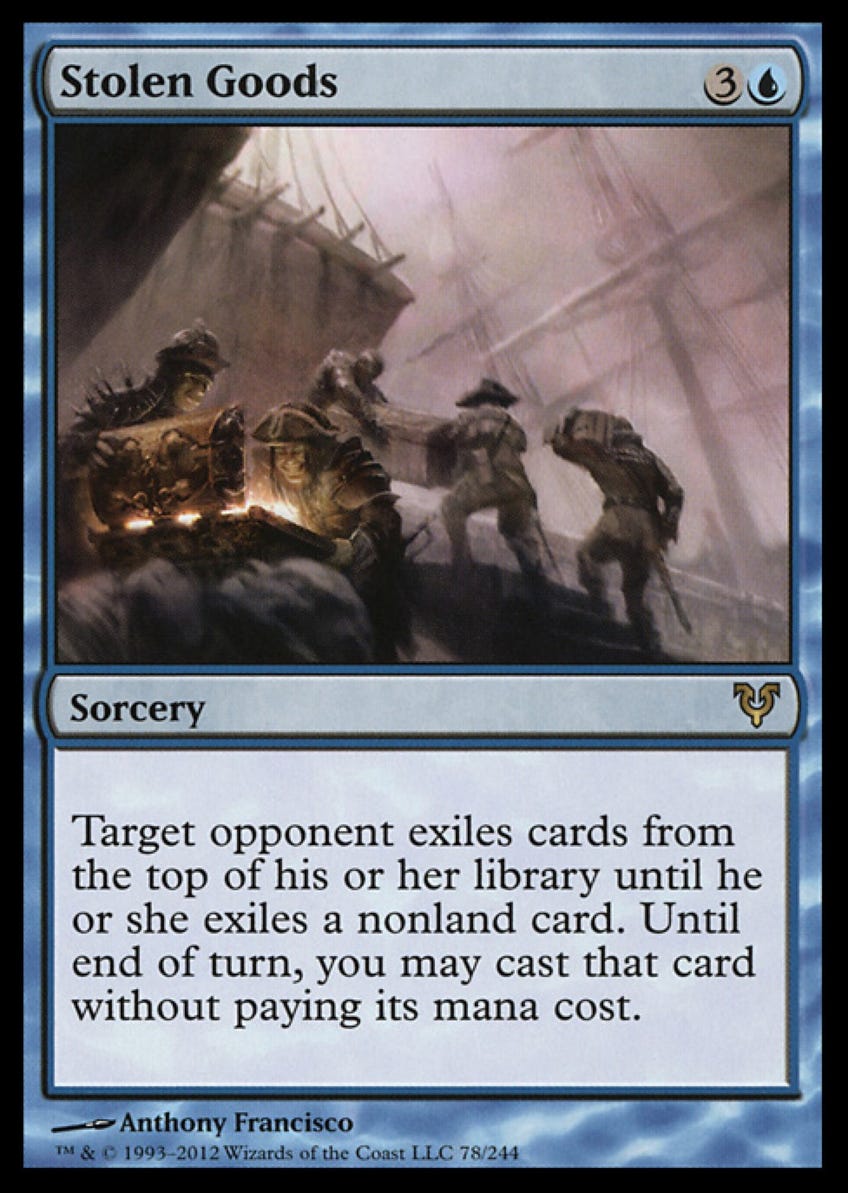
The environmental impact has already been exceptionally devastating. As Wired reported, one artist used 8.7 megawatt-hours of electricity selling six NFT videos - as much power as his studio uses in two years. More energy is used every time a token is resold, accruing an ever-larger carbon footprint the longer each stays in circulation. All told, the NFT market uses more power than entire countries and plans for shoring up Ethereum's infrastructure to combat the hemorrhaging of electricity are years out under the best estimates.
How Magic: The Gathering would even implement NFTs in a game built around the inherent idea of multiple copies (shh, I see you Commander players) is unclear. Premium tokenised cards featuring on-of-a-kind artwork could be sold via Secret Lair drops, but the line of collectors-grade boxes have stayed firmly in physical territory up to this point.
What’s clear is that Hasbro is interested in striking while the NFT bubble has yet to burst. Keep checking Dicebreaker for more information on (sigh) Magic: The Gathering NFTs as it develops.
